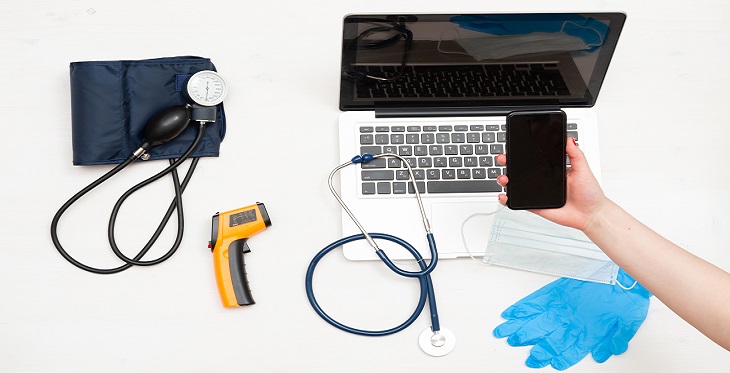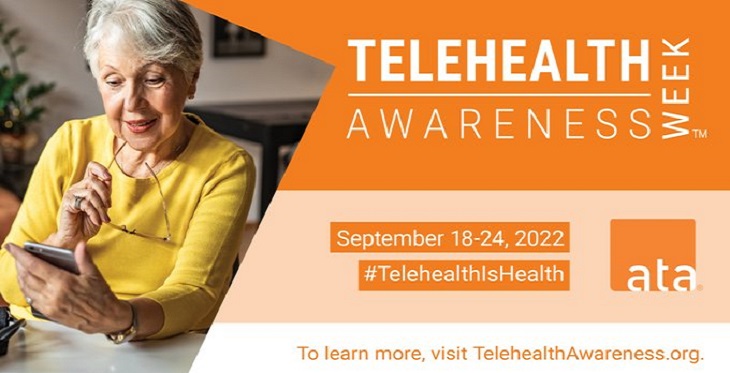Disentangling Telehealth from the Public Health Emergency

Five Key Telehealth Takeaways from the Consolidated Appropriations Act of 2023
On Thursday, December 29, President Biden signed into law H.R. 2716, the Consolidated Appropriations Act (CAA) for Fiscal Year 2023. This legislation provides more than $1.7 trillion to fund various aspects of the federal government, including a 2-year extension of the major telehealth waivers that were initiated during the federal public health emergency (PHE).
The full text of the legislation, which comes in at 4,155 pages, is available here. The most pertinent section of the new law that relates to telehealth is under:










